With U.S. Investment Dispute Unresolved, Could Korea Be Hit With Tariffs Like India?
Input
Modified
President Lee: “Hard to Invest $350B in U.S. Without Currency Swap” Korea’s Push for Swap Faces Slim Chances of U.S. Acceptance With Gaps Unresolved, Will Korea Face High Tariffs Like India?
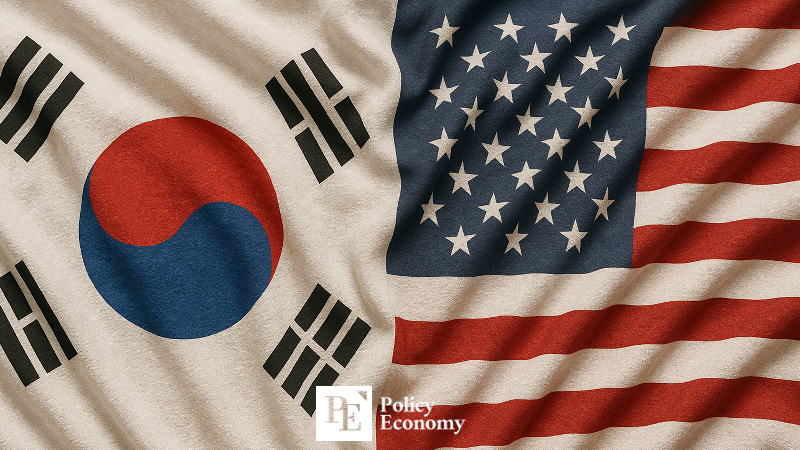
Korean President Lee Jae-myung has again expressed reservations over the proposed $350 billion investment plan in the U.S. that emerged during tariff negotiations. He warned that without safeguards such as a currency swap, the move could risk triggering a repeat of the 1997 financial crisis. The Korean government recently requested that Washington establish a swap line, but the likelihood of U.S. acceptance appears to be very slim.
Korean Government Balks at Massive U.S. Investment
On the 21st, Reuters reported that President Lee, in an interview on the 19th, said: “Due to differences over the investment method, Korea and the United States have not yet been able to put a trade agreement into writing.” Since July, the two countries have been negotiating on the basis of a verbal agreement that Washington would lower tariffs on Korean goods in exchange for a $350 billion Korean investment in the U.S.
President Lee warned, “If we proceed as the U.S. demands—investing the entire $350 billion in cash without a currency swap—Korea could face a situation similar to the 1997 financial crisis.” He also pointed out that Korea’s circumstances differ from Japan’s, citing Tokyo’s larger foreign exchange reserves in reference to Japan’s trade deal with the U.S.
“The core task now is to reach a concrete agreement that guarantees commercial rationality, which remains the biggest stumbling block,” he said, adding that proposals raised at the working level “have failed to ensure commercial viability, making it difficult to bridge the gap between the two sides.” Asked whether the talks could drag into next year, he replied: “We must bring this uncertainty to an end as quickly as possible.”
Currency Swap at the Core of the Debate?
As President Lee has stressed, Korea maintains that a currency swap is essential to support the massive U.S. investment plan. The $350 billion commitment amounts to 84% of Korea’s foreign reserves ($416.3 billion). Kim Yong-beom, policy chief at the presidential office, noted during a broadcast journalists’ forum on the 9th: “If we meet the U.S. demand, the $350 billion would have to be raised in the foreign exchange market, but Korea can hardly secure more than $20–30 billion in a single year.” He warned that flooding the market with won to obtain dollars could drive up the won-dollar exchange rate and destabilize the currency market.
A swap line would greatly ease such risks. In essence, a currency swap is a bilateral arrangement allowing one country to deposit its own currency with a partner in exchange for borrowing the partner’s currency at a predetermined rate—a form of “national overdraft.” With a Korea-U.S. swap in place, Seoul could issue won, convert it to dollars, and channel the funds into investments, or tap reserves while preventing a sudden dollar shortage. This is why the government recently requested an unlimited swap agreement from Washington.
Yet markets remain doubtful that the U.S. will accommodate the request. Currently, the Federal Reserve maintains standing swap lines only with Japan, the eurozone, Switzerland, the U.K., and Canada—all issuers of major reserve currencies. The criteria for such agreements are notoriously strict. Moreover, critics point out that an unlimited swap would create a distorted structure in which the U.S. effectively lends capital that Korea then reinvests back into the U.S.
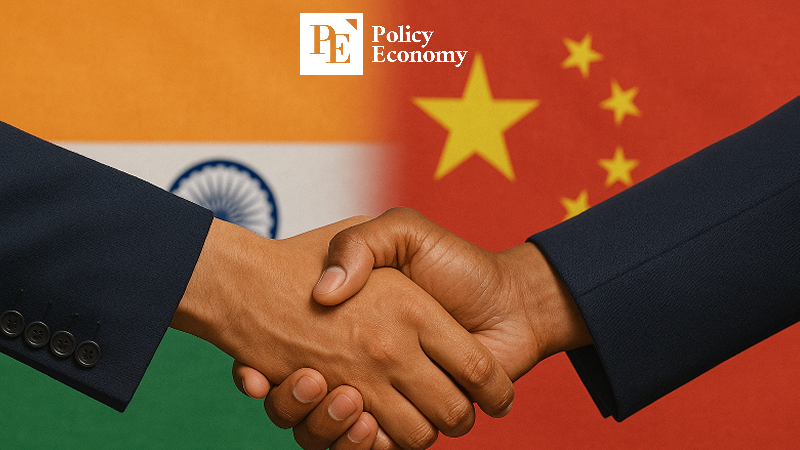
India’s Response to High Tariffs
As Korea and the U.S. remain at an impasse, some warn that Seoul could face steep tariffs similar to those imposed on India. After Washington levied a 26% reciprocal tariff on Indian goods in April, the two sides held five rounds of talks but failed to reach common ground. Former President Donald Trump then criticized India’s purchases of Russian oil and cut the reciprocal tariff slightly to 25%, while adding a retaliatory 25% duty. In effect, Indian products were hit with a 50% tariff.
The shock of such high U.S. tariffs has rippled through India’s trade sector. In response, Prime Minister Narendra Modi has repeatedly urged the public to embrace swadeshi—greater consumption of domestically made goods. In a speech on the 21st, he said: “We must recognize that many of our everyday products are foreign-made.” Though he avoided naming countries, the remarks were widely seen as aimed at Washington’s punitive tariff policy. Soon after, boycotts of U.S. brands such as McDonald’s, Pepsi, and Apple began to spread across India.
At the same time, India’s ties with China and Russia have grown stronger since the tariff dispute erupted. China and India, in particular, have used the fallout from Trump’s aggressive tariff and diplomatic pressure to foster closer relations. The two countries recently agreed to step up efforts to resolve lingering border conflicts dating back to their 2020 clashes. Beijing has pledged to ease trade barriers by supplying fertilizers and rare earths, while New Delhi has resumed issuing visas for Chinese tourists and is preparing to reopen direct flights.

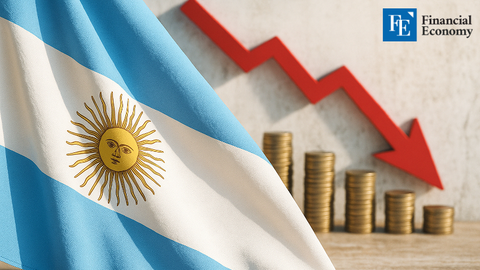
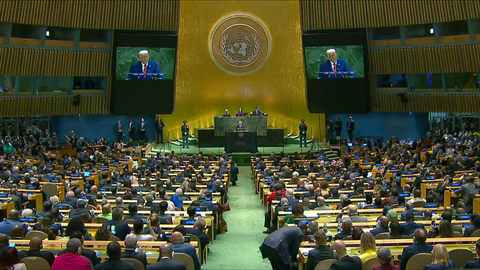
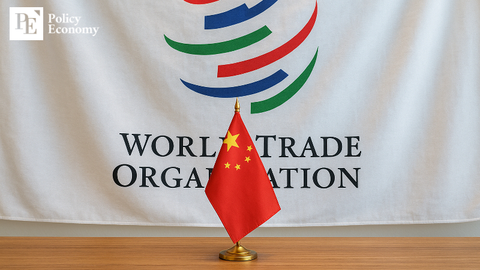

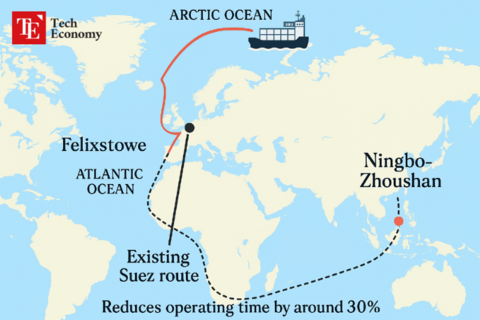
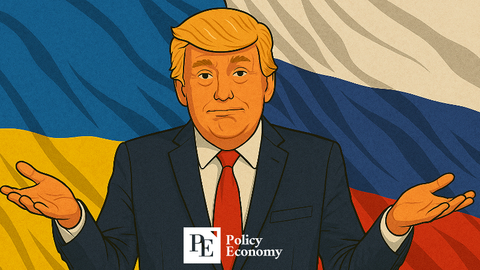


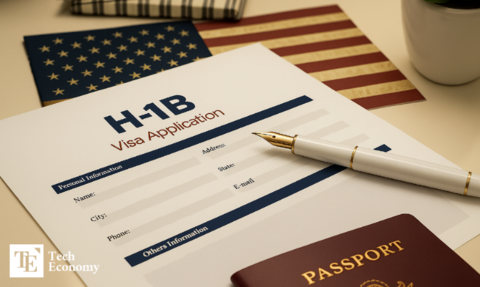












Comment